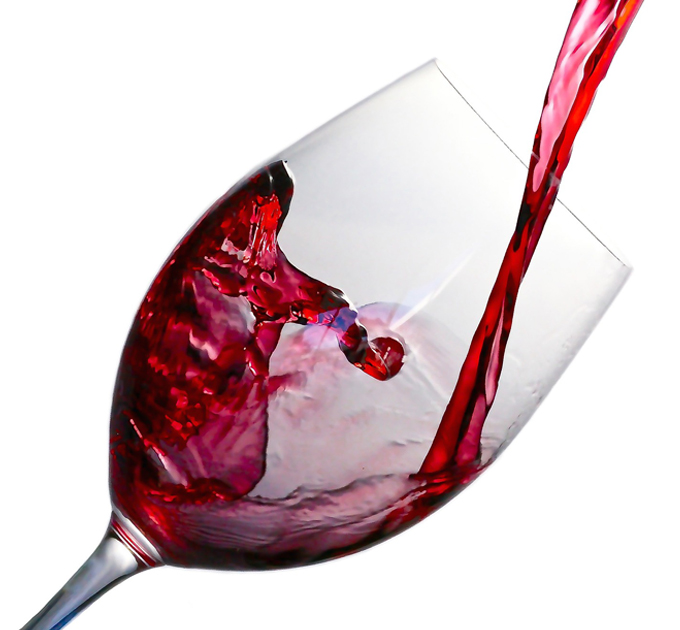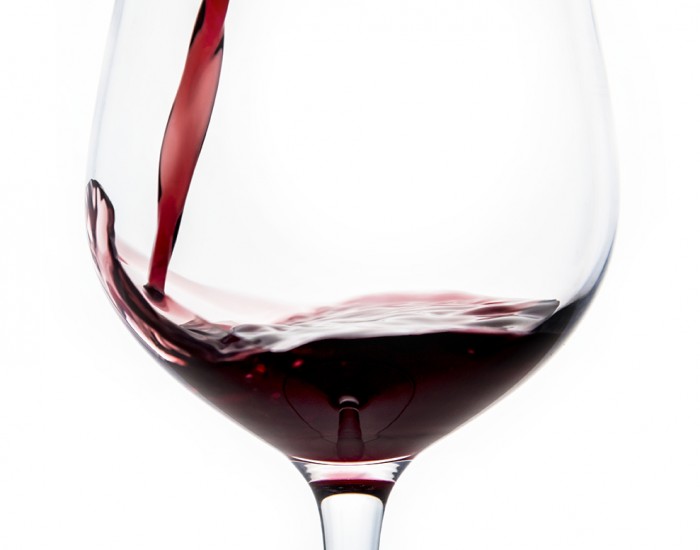THE APPEARANCE
OF WINE

The first impression of a wine is given by its appearance. In this stage, one observes the wine’s appearance to try to get an idea of its character. From a wine with an intense colour, one would expect an equally intense aroma; just as from a dense and liqueur-like wine one would expect a warm and full-bodied flavour.
The most important evaluation criteria are:
CLEARNESS
Clearness: A good wine is, above all, a clear wine. The presence of suspended solid particles makes wine turbid, because they filter the sunlight. Once the alcoholic fermentation is complete, and the wine is racked and placed in the appropriate containers whether they be barrels, vats, or carboys, it is still very turbid.
Over time and with the help of the low winter temperatures, the suspended particles, which come from fragments of solid grape parts, naturally tend to settle at the bottom of the container, forming the dregs.
The cold also helps the precipitation and sedimentation of any excess of tartaric acid present in the wine, forming a characteristic white deposit of potassium, most commonly known as “cream of tartar”.
The most ancient and natural technique for obtaining a high quality wine is therefore its transfer from one container to another, taking only the clear wine and leaving the solid part on the bottom of the container.
COLOUR
It primarily depends on the varietal of origin (the hue is in fact described in the rules of the Designation of Origin), the degree of grape ripeness, the climate, and the nature of the soil in which it was cultivated (with regards to the minerals present).
The vinification technique affects the type of wine (red or white depending on how the fermentation is conducted) and the colour’s intensity (depending on the period of maceration and the degree of pressing).
Brightly coloured red wines are obtained from grapes macerated with the skins for a long time, or by pressing the marc completely.
During maceration and pressing, substances with a very intense flavour are also extracted from the skins (tannins); a very colourful wine is therefore expected to have a very strong flavour.
The tone of the wine’s colour is also influenced by its age. Very young white wines show greenish reflections (due to chlorophyll).
As the wine matures, it undergoes a slight oxidation process and assumes a more pronounced colour; white wines raised in barrels often tend towards a yellow amber colour.
Wines made with very ripe grapes (late harvest) often have a warm, golden colour like the sun that warmed them.
A colour that is too loud may instead be a symptom of an excessive oxidation of the wine. Instead, very young red wines show bluish or purplish hues (due to anthocyanins).
These compounds – present in the skins of the grapes – change colour based on the wine’s acidity, and are oxidized by compounds that form during wine ageing (aldehydes).
When red wines start to fade they display a less intense colour that tends towards orange.
The colour of red wines at the right level of maturity usually ranges from a more or less intense ruby red to garnet red.
Brownish colours indicate an altered state.


FLUIDITY
The fluidity of a wine is a tactile sensation that is evaluated by swirling the glass and observing the slight colourless oily deposit that forms on its sides and that runs slowly back down, drawing tiny “arches”.
The shape, size, and number of arches depend on the viscous substances present in the wine: glycerine, alcohols, and sugars.
The more of them the wine contains, the more pronounced the phenomenon becomes. There is no a simple way to correlate the quality of a wine to its fluidity, as it depends more on the total amount of these substances than from their ratio.
While an excessive fluidity indicates that a wine is not very structured (watery), an excessive viscosity indicates that a wine is too structured (greasy, oily).

